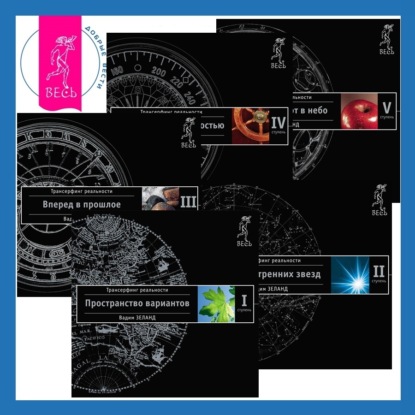Excerpt from The Revenue and Taxation of the Chinese Empire
In ancient times the taxes were levied in field produced, in manufactured silk, and in copper cash. The public accounts were kept in this threefold form, and this practice continued down to the time when paper currency was adopted. The system of paper currency, combined with copper cash, prevailed in keeping the public accounts through the middle ages till the Ming dynasty. After the year 1368, when Chu Tai-tsu became Emperor of China, the accounts began to be regularly kept in silver and copper cash. Paper currency was still recognised in the public accounts, but the main thing was silver from that time forward. Receipts and distribution of grain, silk stuffs, etc., were included. The public accounts being all drawn up in silver, the registers of taxes due are in every magistrate's office over this large country so constructed that silver always comes to the front. For example, now 1899, when the Bund at Shanghai has just been extended southward for a mile between the native city and the river those who had come into possession of the land newly recovered from the river were called on to pay for their occupation. Ten feet by five of land occupied for fifteen years was charged 300 taels; Occupiers for twenty years were made to pay 400 taels. Occupiers pay for foreshore which has come to them from the river. After fifteen and twenty years they will pay again for the new foreshore which by that time will have been made by silting. The obligations to pay taxes in the future are all carefully entered in taels of silver. The government suffers the loss of silver should it fall still further in value. On September 16th, 1898, an edict appeared in Chinese newspapers directing the Board of Revenue accounts to be published annually in the Gazette.
About the Publisher
Forgotten Books publishes hundreds of thousands of rare and classic books. Find more at www.forgottenbooks.com
This book is a reproduction of an important historical work. Forgotten Books uses state-of-the-art technology to digitally reconstruct the work, preserving the original format whilst repairing imperfections present in the aged copy. In rare cases, an imperfection in the original, such as a blemish or missing page, may be replicated in our edition. We do, however, repair the vast majority of imperfections successfully; any imperfections that remain are intentionally left to preserve the state of such historical works. Это и многое другое вы найдете в книге The Revenue and Taxation of the Chinese Empire (Classic Reprint) (Joseph Edkins)















